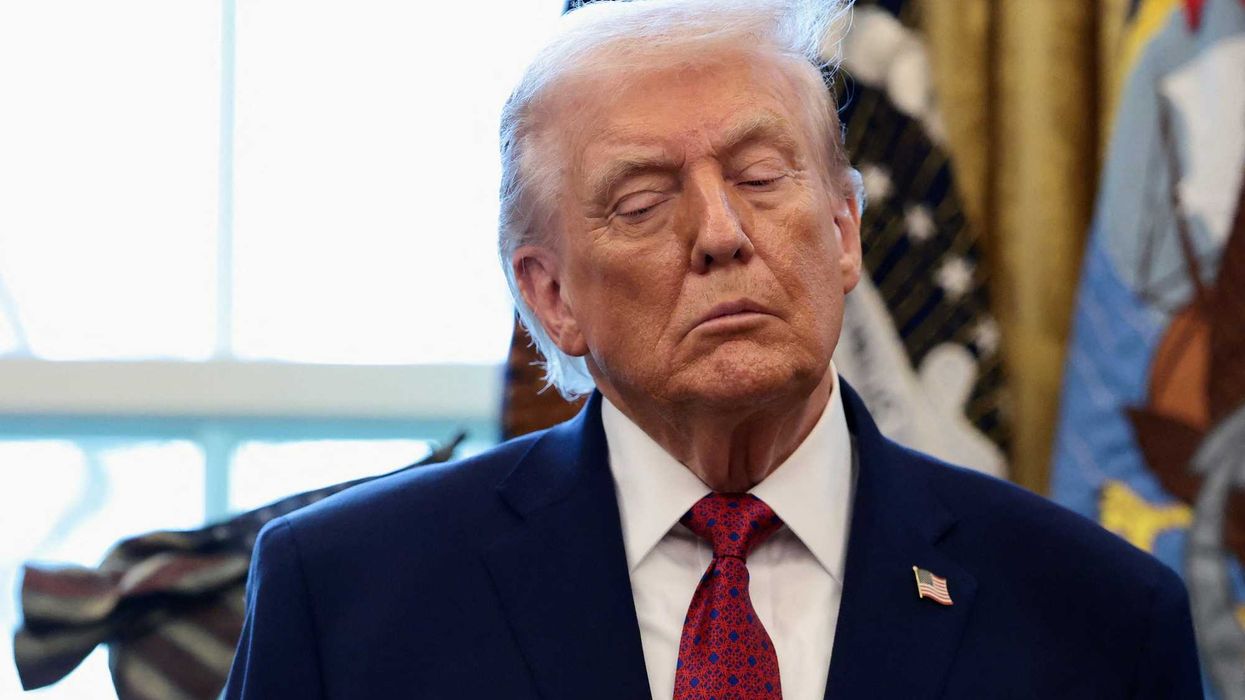The primary elections are down to the last two weeks. Early voting starts on Saturday, June 14. For the candidates and their teams it’s all hands-on deck for the final push.
TV ads, mailers, door-to-door canvassing, and phoning will be non-stop. At this stage the candidates will be hunting for votes where they see their best opportunities. Those opportunities need to be targeted.
My first experiences in campaigns a long time ago was in helping to identify the targets. The manager of those campaigns, a successful businessman, dubbed the efforts “a marketing approach to politics.” That meant reviewing voter registration and past election results on an election district basis to zone in on the best prospects. The process was very rudimentary – there was no internet to extract data. It meant pouring over oversized canvass books from previous elections.
The process is a lot more sophisticated these days and the best campaigns have used resources to pinpoint not just which election districts but even which voters within those districts offer the best prospects.
In the Democratic primary for mayor of Buffalo there is a lot of good information to assess from the five most recent primaries for the office. That activity is needed to carry the day in a race which has two heavy hitters among a field of five candidates.
There are nine Council districts in the City of Buffalo. Over the past five mayoral primaries some of those districts have been leaders of the pack in terms of voter turnout. There are a handful of districts that will likely decide this election.
Here is a summary of the total turnout of Buffalo Democrats in those primaries:
- 2005 – 30,308 votes
- 2009 – 41,671
- 2013 – 23,018
- 2017 – 27,321
- 2021 – 23,439
The average was 29,151, which is about 30 percent of the party’s total enrollment that currently stands at approximately 97,000.
In those primaries there is only one council district that has been in the top three in voter turnout all five times – the Delaware District. Byron Brown carried the district in two of the primaries. The largest number of votes cast in the district was in 2009, when nearly 6,000 votes were counted.
The Ellicott and Masten districts have been in the top three of districts four out of five times. Collectively, over the five elections, Mayor Brown received 39 percent of his total votes from just those two districts.
In the South District turnout has been best in the years when, as is the case this year, one of the candidates lived in the district. Mickey Kearns received 4,321 votes in 2009. Mark Schroeder collected 3,193 votes in 2017.
In all five primaries none of the other five Council districts (Fillmore, Lovejoy, Niagara, North, and University) finished in the top three in votes cast. The Niagara and North performed the worst in turnout in three of the five elections. Fillmore and Lovejoy were not much better. The University District’s turnouts have been middling.
All of the candidates and their campaign teams will tell you that they are going after votes in very corner of the city, and of course that is true. But you have to hunt where the hunting is best and that leaves the candidates with some obvious targets.
Acting Mayor Scanlon will get the largest share of his votes from the South District, the area he represented for 12 years on the Council.
Senator Sean Ryan will do his best in the Delaware District, which has been a key part of his electoral base. His Senate District includes portions of six Council districts.
Among the three other candidates only Rasheed Wyatt has held elective office, serving for eleven years as the Councilmember for the University district. He should do his best in that district.
Garnell Whitfield and Anthony Tyson-Thompson have never held elective office so they do not have a natural base of support.
All five candidates will work to take a large percentage of votes from Ellicott and Masten. Success there might provide the margin of victory for the winning candidate.
So where does this all leave the election prospects of the five candidates. Total turnout will likely be in the range of 30,000 – the average of previous elections. Dividing up the vote five ways may mean that the winning candidate will need 12,000 to 15,000 votes. Brown averaged 16,674 in his five campaigns but the field of candidates in those races was just two or three.
A solid base of support, buttressed by the financial resources available to get their messages across to the largest number of potential voters, moves both Scanlon and Ryan to the forefront of the election. Both will need more than their bases, no matter how strong the base is, to win.
Voting begins in four days.
There will, of course, be a contested election for mayor in November that could also include five candidates. India Walton won the Democratic primary in 2021 by a small margin, but she was swamped by Byron Brown’s write-in campaign in November. Anything is still possible.
Early voting
Early voting will be available starting on Saturday, June 14th, and running every day through June 22. The primary is on June 24th. Here is a link to the Erie County Board of Election information about hours of operation and locations for early voting: EARLYVOTING 2022 AUG.pub
Bluesky @kenkruly
Twitter/X @kenkruly
Threads kenkruly



